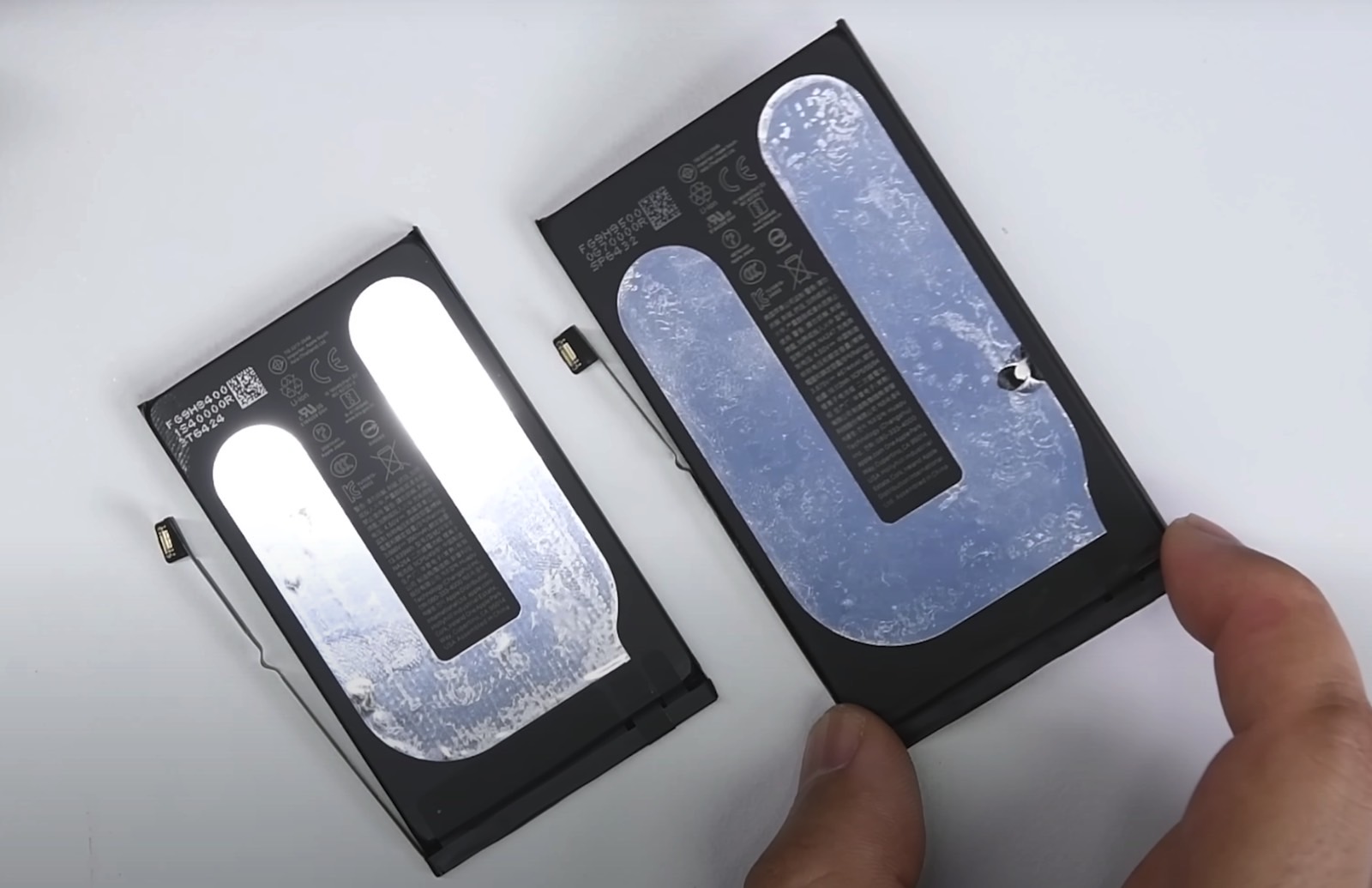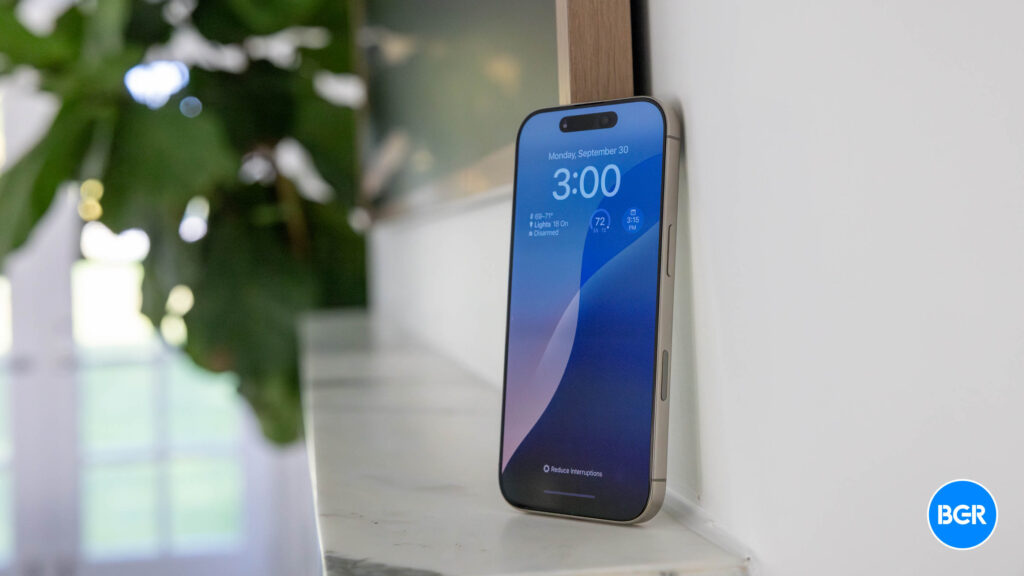Now that the iPhone 16 is available in stores, rumors of the iPhone 17 are flying at full speed. The big change for next year’s series will be the so-called “iPhone 17 Air” model, which Apple will reportedly use to replace the Plus model.
The iPhone 17 Air is so called because it is considered thinner than other iPhone 17 models. If the rumors are correct, I personally would like to make this the next upgrade. As far as I’m concerned, the iPhone 16 is just a placeholder device.
There is no guarantee that Apple will manufacture the iPhone 17 Air. There’s still about a year until the iPhone 17 launches, so there’s plenty of time to change your mind. But if the Air materializes and this new rumor is correct, Apple will use the same electrobonded battery technology introduced in the cheaper iPhone 16 models in all versions of the iPhone 17.
A person called a leaker Majinbu on X said on his blog that the entire iPhone 17 lineup will feature the same battery adhesion technology that Apple used for the iPhone 16 and iPhone 16 Plus.
A few days ago, we saw the technology in action when iFixit dismantled a budget iPhone 16. A low voltage current is all that is required to remove the battery from the chassis. The battery will magically come out. This step further improves the repairability of your iPhone 16 and makes battery replacement even easier.
This process only works in one direction, allowing you to remove the battery from the frame. Each new battery has its own adhesive strip and requires no electrical current during installation.

Interestingly, Apple didn’t use the same electrical adhesive for the iPhone 16 Pro. The two Pro models feature different battery technologies. The smaller Pro has a metal case, while the larger Pro has a non-metallic battery enclosure.
Apple is likely testing these battery technologies. We expect some, if not all, to be included in new iPhones in the future. Given the European Union’s battery regulations that require companies like Apple to improve battery replacement, electro-adhesive technology will likely be the first technology to appear in more iPhones.
That’s why Bu’s argument makes sense, even if it can’t be proven. Leakers’ rumors about Apple aren’t necessarily true. However, he provided the exact Apple Watch Series 10 size, even though most reports showed slightly larger dimensions than what we got.
Of the four iPhone 17 models Apple will launch next year, the Air will undoubtedly benefit the most from electroadhesive battery technology. This is the iPhone with the lowest capacity battery. That’s the only way Apple can make thinner phones. The thickness of the battery also plays a role.
By using new adhesive technology, Apple could potentially reduce the internal space taken up by the adhesive. Electric adhesive also makes replacing your iPhone 17 Air battery much easier. Even if the iPhone 17 Air’s battery life isn’t as good as other models, you can expect the battery life to be slightly faster than other models. Therefore, the battery condition may deteriorate faster.
True, there is a lot of speculation here. But I’m sure that the electrical adhesive that Apple introduced will make its way into other Apple products in the coming years, especially the next-generation iPhone.


